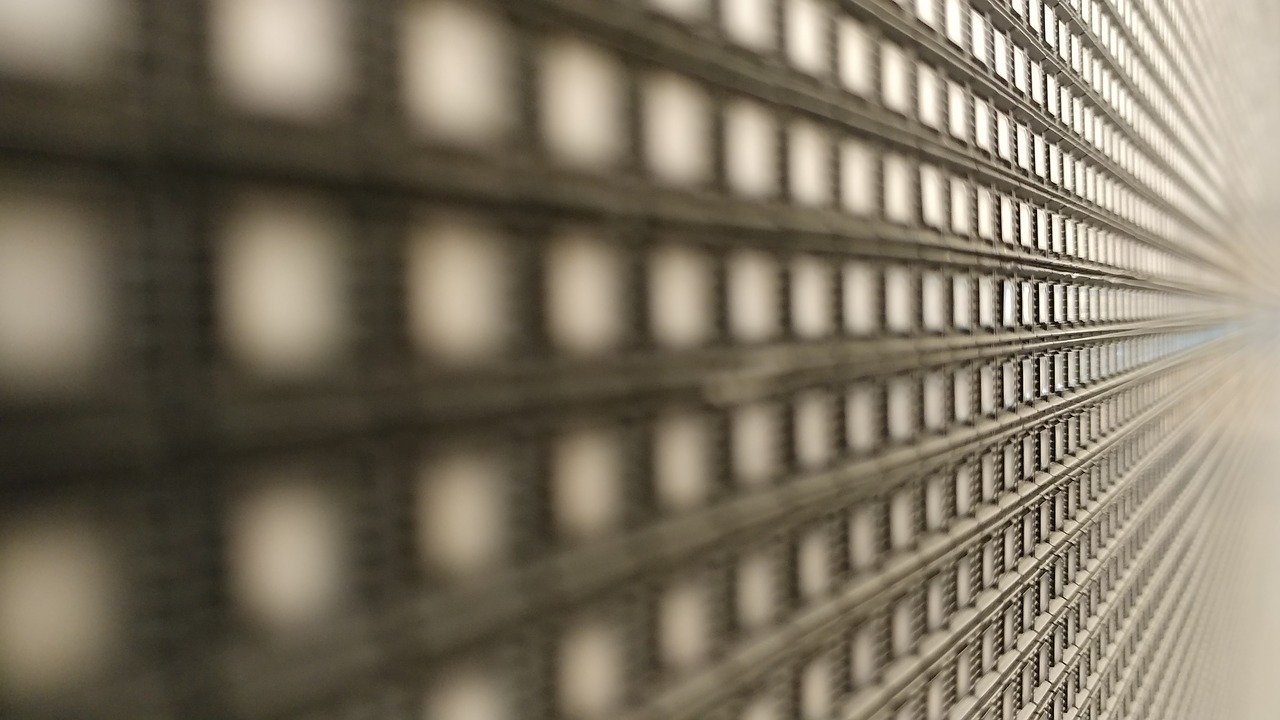Mini LED display technology is on its way to break into the mainstream market with several products including laptops and gaming monitors officially debuted. Apple’s rumored Mini LED-based iPad and Macbook are also expected to show up in the second half of 2020. In addition, leading TV brands are said to launch high-end 8K TVs with Mini LED backlight technology.
Epistar, the Taiwan-based LED chip maker, is believed to be benefitted from the increasing demands for Mini LED. Aiming to fulfill the surging Mini LED display applications, Epistar has increased its capital expenditure to over NT$ 6 billion (US$ 200.6 million). Around 90% of the capital expenditure is for expanding Mini LED capacity with the majority of the investment used for buying new facilities. It is scheduled that the installation of the new equipment will be completed by the end of 2020 or the first quarter of 2021.

(Image: Pixabay)
Most of the new facilities purchased by Epistar are for back-end manufacture process of Mini LED, covering high speed transferring, die testing and sorting. Although these process can be achieved by existing equipment as well, the speed and yield would be too low to meet the requirements. Therefore, it is essential to expand facilities for back-end manufacture process for Epistar to boost its capacity of Mini LED.
Equipment suppliers focusing on Mini LED back-end process include K&S who experts in high speed transferring and bonding, AMSPT focusing on mass transferring and bonding, as well as FitTech and Saultech providing sorting and testing equipment.
Since Mini LED display technology uses a larger amount of LED dies, it is critical for ensuring the overall yield and reduce the cost of repairing by strengthening back-end manufacture process especially in testing and sorting. As a result, the demand for related equipment will grow, bring business opportunities for related suppliers.












